E-waste is one of the fastest-growing sources of toxic waste streams in the world. First and foremost, what is e-waste?
E-waste is a term generally used in Europe that refers to electrical and electronic equipment (or EEE) that is disposed of. This generates waste that contains both hazardous and valuable materials.
Examples of EEE range from basic kitchen supplies, mobile phones, and laptops to business technology like generators, security systems, and various forms of transport.
There are a few factors that cause high levels of e-waste. Industrialization, urbanization, and higher levels of disposable income are all significant contributors, as are higher consumption rates of EEE, shorter life cycles of electronics, and relatively few repair options.
When you look at these factors, it is easy to see that the most wealthy and developed countries in the world are the highest producers of e-waste. While many countries have generated e-waste policies, legislation, and regulation, the rate at which e-waste is growing starkly overshadows the amount that is recycled each year.
A lack of documentation should also be factored in when talking about recycling e-waste.
Below you’ll find a list of the 30 largest e-waste producing countries, ranked by kilograms per capita. In this case, per capita relates to the amount of waste produced per household.
Please note that all the provided information is based on data from 2019.
Table of Contents
The World’s Largest E-waste Producing Countries
| Number | Country | E-waste per capita (kg) |
|---|---|---|
| 1 | Norway | 26.0 |
| 2 | The United Kingdom + Northern Ireland | 23.9 |
| 3 | Switzerland | 23.4 |
| 4 | Denmark | 22.4 |
| 5 | Australia | 21.7 |
| 6 | Netherlands | 21.6 |
| 7 | Iceland | 21.4 |
| 8 | Finland | 21.0 |
| 9 | France | 21.0 |
| 10 | United States of America | 21.0 |
| 11 | Belgium | 20.4 |
| 12 | Japan | 20.4 |
| 13 | Canada | 20.2 |
| 14 | Hong Kong | 20.2 |
| 15 | Sweden | 20.1 |
| 16 | Singapore | 19.9 |
| 17 | Brunei Darussalam | 19.7 |
| 18 | Germany | 19.4 |
| 19 | Aruba | 19.3 |
| 20 | New Zealand | 19.2 |
| 21 | Spain | 19.0 |
| 22 | Luxembourg | 18.9 |
| 23 | Austria | 18.8 |
| 24 | Ireland | 18.7 |
| 25 | Macao | 18.1 |
| 26 | Saudi Arabia | 17.6 |
| 27 | Italy | 17.5 |
| 28 | Bahamas | 17.2 |
| 29 | Greece | 16.9 |
| 30 | Cyprus | 16.8 |
1. Norway – 26.0 kg

Coming in at number one on the list of the world’s largest e-waste producing countries is Norway with 26 kg per capita. While Norway is known for having a well-oiled system for general waste and recycling (including waste to energy incineration plants and a ban on traditional landfills), the rate at which Norwegians consume and replace electronics places them at the top when it comes to e-waste.
Even though the rate of recycling EEE has hovered just below 50% over the last decade, the number of electronics used and then discarded has grown exponentially in Norway during that same time period. While there is a national policy and legislation in place, if Norway hopes to keep up its reputation as one of the top recyclers in the world, it will need to come up with a better plan for e-waste in the near future.
2. The United Kingdom + Northern Ireland – 23.9 kg
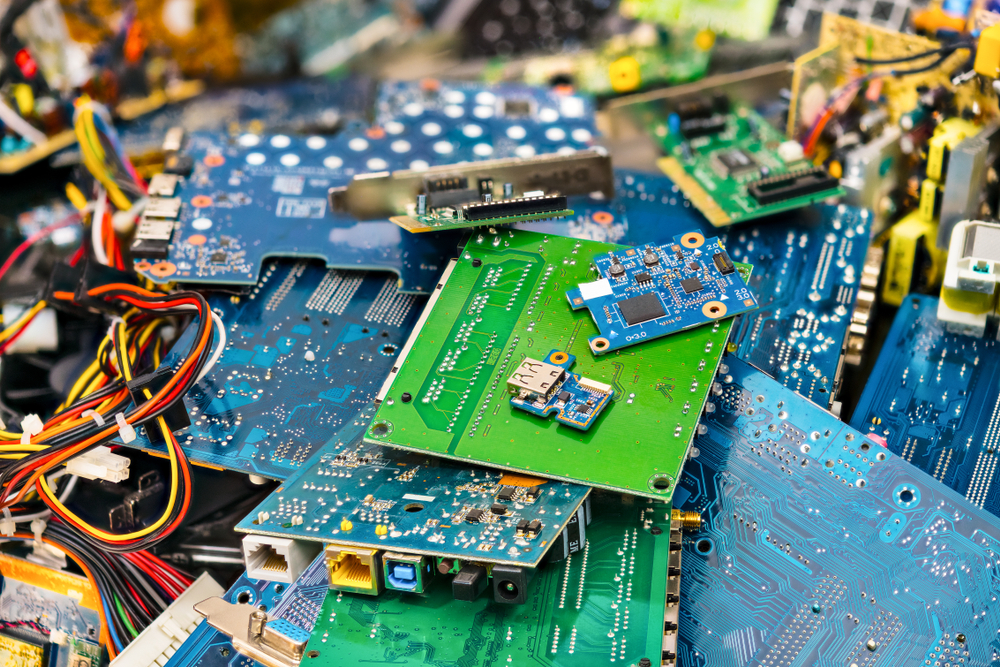
The United Kingdom and Northern Ireland are other top contributors of e-waste, with nearly 24 kg of waste per capita. The UK does have a policy in place around e-waste, but – just like Norway – the amount of consumption of EEE is much higher than the rate at which it is recycled.
The percentage rate of regular recycling may also explain why so much e-waste is produced in the United Kingdom. Norway’s plastic bottle recycling rate is an impressive 97%, while the UK’s rate for plastic bottles just reaches the 60% mark.
The general recycling rate was even worse at 44%, failing to reach the nation’s 50% target. The UK’s overall recycling approach could use a make-over, in addition to the legislation around e-waste.
Unfortunately, now that the United Kingdom is no longer a part of the European Union, some worry that the incentive to recycle and hit the EU’s target of a 90% recycling rate by 2029 is no longer in the cards.
3. Switzerland – 23.4 kg
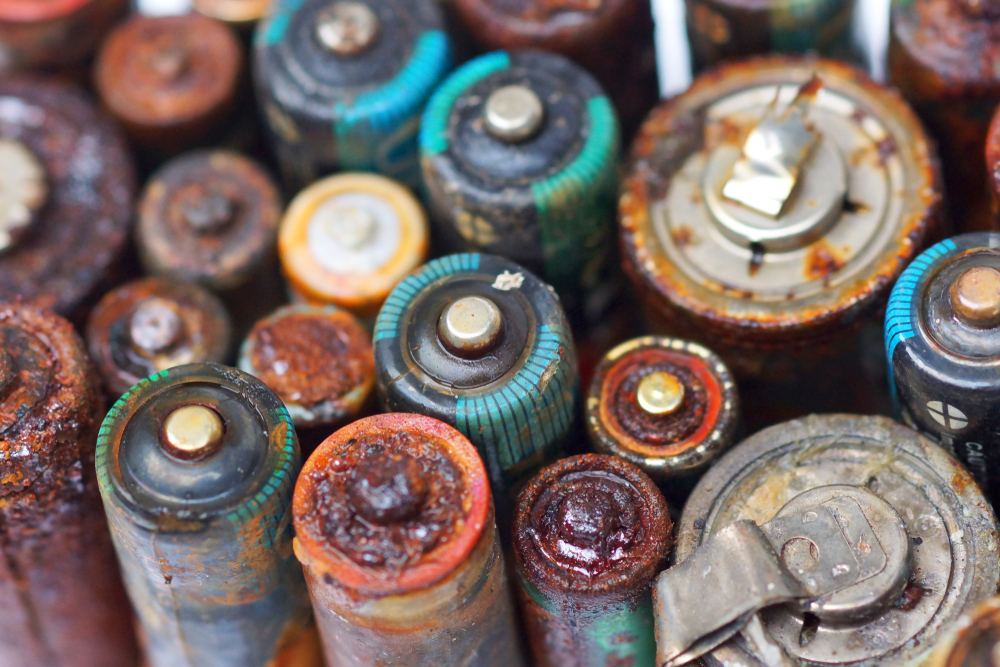
Rounding out the top three producers of e-waste in the entire world is Switzerland, with about 23.4 kg of e-waste per capita. This statistic may come as a surprise due to Switzerland’s comprehensive recycling program, which is often considered one of the most comprehensive in the world.
Around 50% of the country’s national waste is recycled, and the remaining 50% is incinerated and used for energy. Switzerland has had legislation around recycling EEE since 1998, obliging consumers to return end-of-life electronic products back to where they came from.
On the opposite end, retailers, manufacturers, and importers are required to take back EEE at no charge and dispose of it responsibly. While policies may be in place, convincing people to follow them is another obstacle altogether.
4. Denmark – 22.4 kg

Like most European countries, Denmark has policies in place around recycling EEE. However, they still rank number four in the world’s largest e-waste producing countries.
So while this Nordic country is a front runner in terms of diverting waste from landfills by way of incineration with energy recovery, they are also a front runner in e-waste.
Way back in 1978, Denmark implemented the world’s first laws around recycling. The goal was to recycle at least 50% of paper and beverage packaging.
Today, they are one of the top countries in terms of plastic bottle recycling, with 92% of all bottles and cans being recycled. The e-recycling initiatives showed promise for a while, and from 2009-2011, the county’s e-waste recycling peaked at around 50%.
Unfortunately, the rate has gone down since, and in 2017 the rate was down to approximately 38%.
5. Australia – 21.7 kg
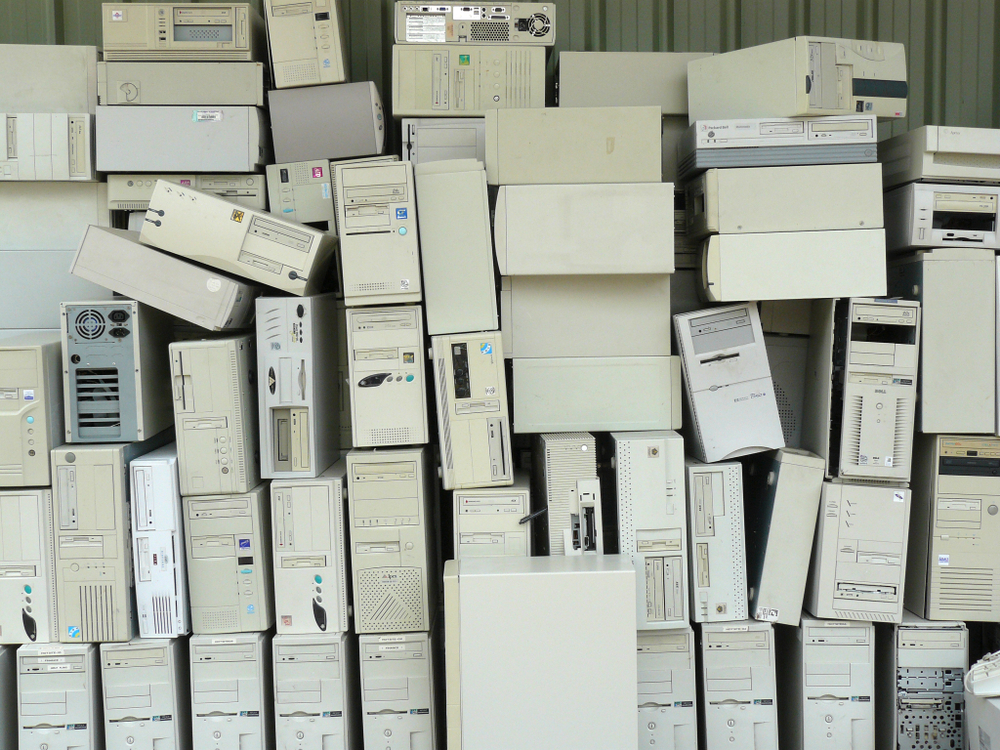
Australia is the world’s fifth-largest producer of e-waste, with 21.7 kg of waste per capita. Australia implemented a national recycling scheme for e-waste back in 2011, but millions of devices are still tossed each year.
In fact, e-waste is the fastest-growing section of the country’s solid waste stream. It’s estimated that only about 22% of EEE is recycled each year, and the remainder of these items end up in a landfill.
Australia has ambitious plans when it comes to recycling. They have set targets for general recycling, including 70% of plastic waste to be recycled or composed by 2025 and the phasing out of single-use plastic entirely.
Unfortunately, the realistic statistics project that only about 36% of all plastics will actually be recycled by that time. While Australia’s ambitious plans are noteworthy, e-waste will continue to be an issue until they can execute their goals.
6. Netherlands – 21.6 kg
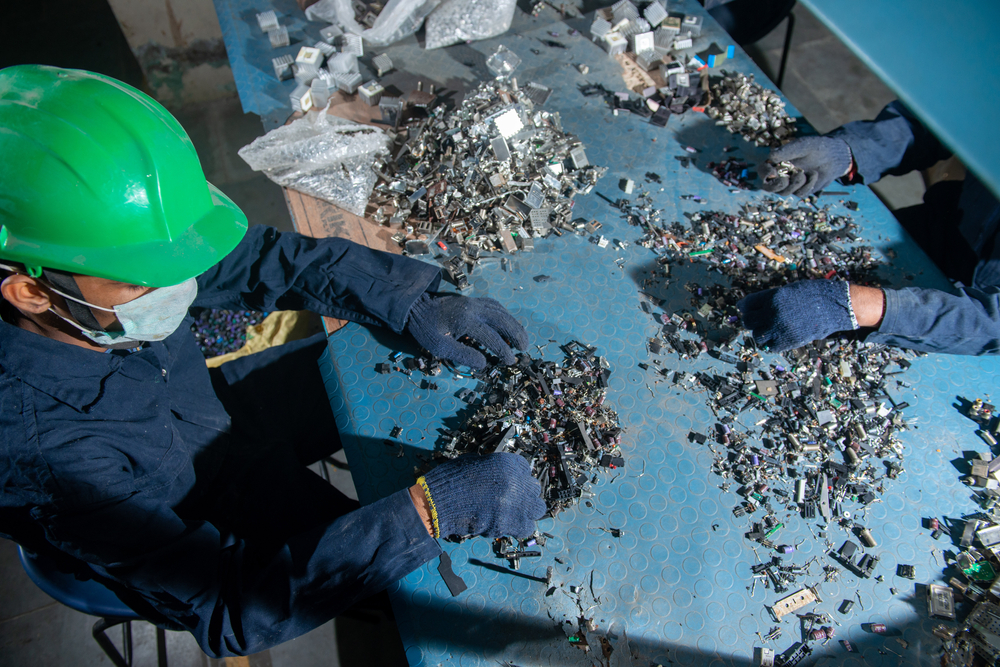
While many Dutch people recycle, e-waste production in the Netherlands is the sixth highest in the world. The act of sorting paper, plastic bottles, compost, and glass is quite ingrained in Dutch society.
That being said, high consumption rates lead to high levels of waste, even when recycling rates are high. Even with an estimated recycling rate of 88% for EEE, the Netherlands produces some of the most e-waste globally.
Some advocates believe that better incentives and legislation around circular economies will help the Netherlands’s e-waste production rate. In fact, the entire world can benefit from a good example of policies that hold manufacturers and retailers responsible for e-waste in addition to the consumer.
7. Iceland – 21.4 kg

The world’s seventh-largest producer of e-waste is Iceland, with 21.4 kg of e-waste per capita. Although Iceland has some excellent policies in place for recycling in general, the amount of e-waste produced shows their need for updated policy and legislation around EEE.
One of the main issues that Iceland faces is that there are relatively few metropolitan areas, and the rural regions are spread out. Those who live far from city centers are much less likely to hold onto EEE and drive to great lengths to ensure their waste is disposed of properly.
Iceland was the first country in the world to nationally incentivize recycling disposable drinking containers by charging a small fee and reimbursing customers when they returned the container to designated sites. This is now common practice in many Nordic countries and other areas in Europe.
If Iceland could come up with a similar system for EEE, the country would be well on its way to reducing e-waste.
8. Finland – 21.0 kg
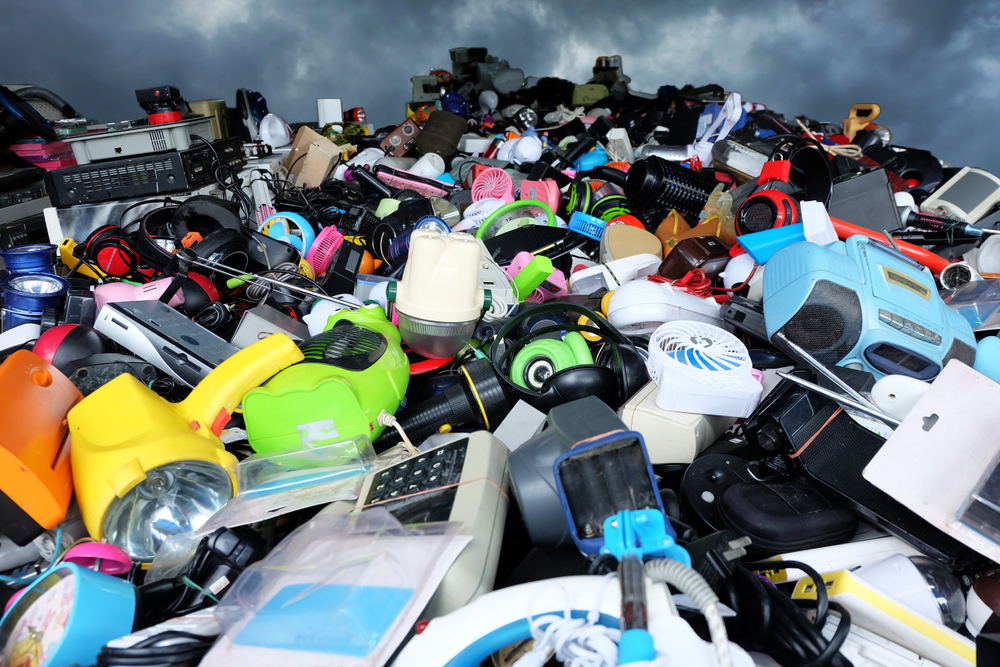
Finland is in a three-way tie with France and the United States for the eighth largest producer of e-waste in the world. All three of these countries calculated 21 kg per capita of e-waste in 2019.
Finland’s recycling system is extremely well developed, especially compared with the rest of the world. As much as 93% of paper is recycled, and the rate is around 96% for aluminum cans.
Finland also has a deposit system similar to Iceland for disposable drink containers.
However, when it comes to e-waste, the numbers are not so great. While the perceptions around recycling EEE are positive, many consumers report not knowing how to do it or not having the time.
Upwards of 50% of Fins report having e-waste sitting around at home. Until Finland comes up with a more convenient and accessible plan for EEE recycling, the amount of e-waste will likely continue to increase.
9. France – 21.0 kg
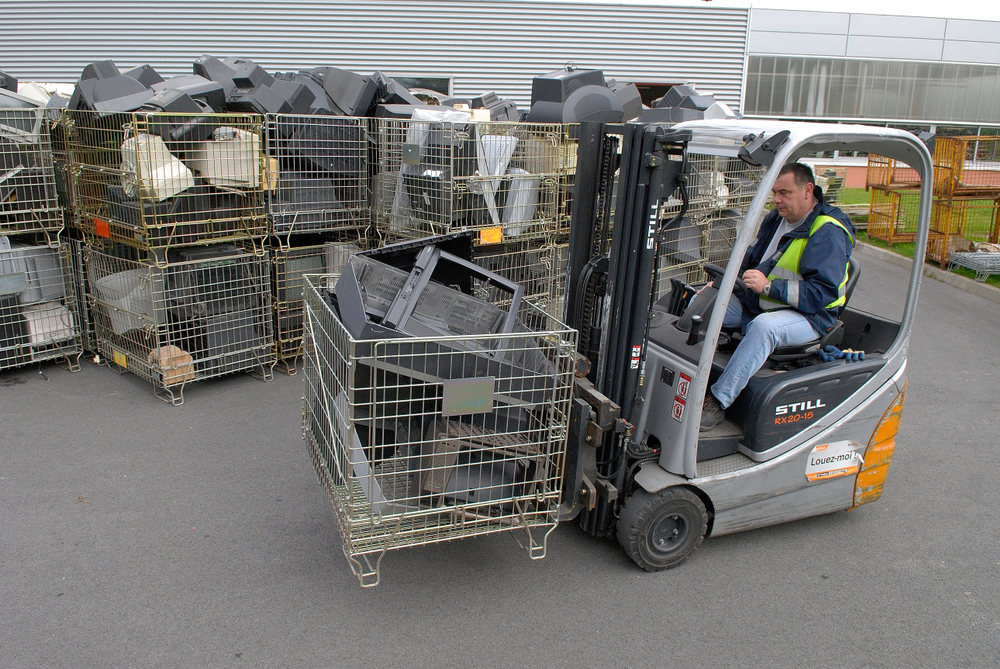
France also reported 21 kg of e-waste per capita in 2019. However, unlike many of the other countries on our list of the biggest e-waste producers in the world, France has implemented new legislation and policy around EEE.
At the start of 2020, the country introduced a “repairability index” which requires manufacturers of electronic devices to disclose how repairable their products really are on a scale of 1 to 10. France is the first country in Europe to implement a legally binding index of this kind.
The repairability index hopes to help create a circular economy and reduce the amount of e-waste nationally. The government also plans on introducing fines to enforce the index in the near future.
In addition, France also has plans to create a durability index to replace the repairability index by 2024. This would give consumers an estimated lifetime for their electronic products, putting pressure on manufacturers to produce high-quality items that last longer.
10. United States of America – 21.0 kg
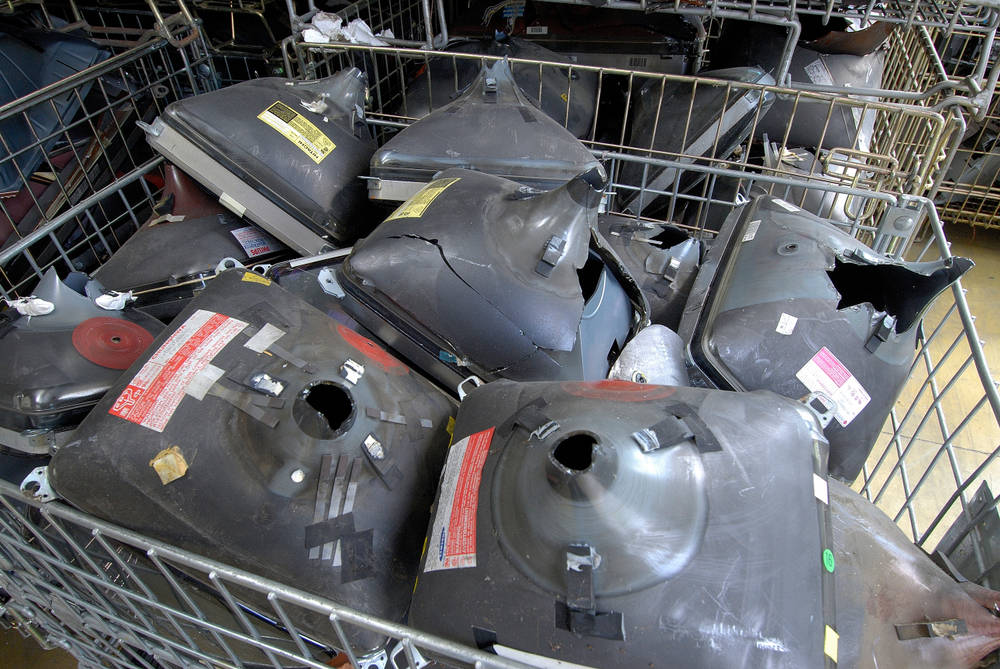
Just like France and Finland, the United States reported 21 kg of e-waste per capita in 2019. Unfortunately, the U.S. is far behind Europe when it comes to recycling in general, and there is no national law that mandates recycling of any kind.
That being said, late in 2021, the EPA released plans to adopt a national recycling strategy for the first time in the agency’s history. However, even with plans in place, the U.S. has a long way to go when it comes to recycling, especially recycling EEE.
In the United States, about 70% of landfill toxins come from e-waste. While some states have implemented bans on e-waste in landfills, there is no national policy, and many consumers don’t know anything about recycling EEE.
While the EPA works on implementing their national recycling plans, they will need to focus heavily on e-waste and educate consumers about how and where to recycle EEE.
11. Belgium – 20.4 kg
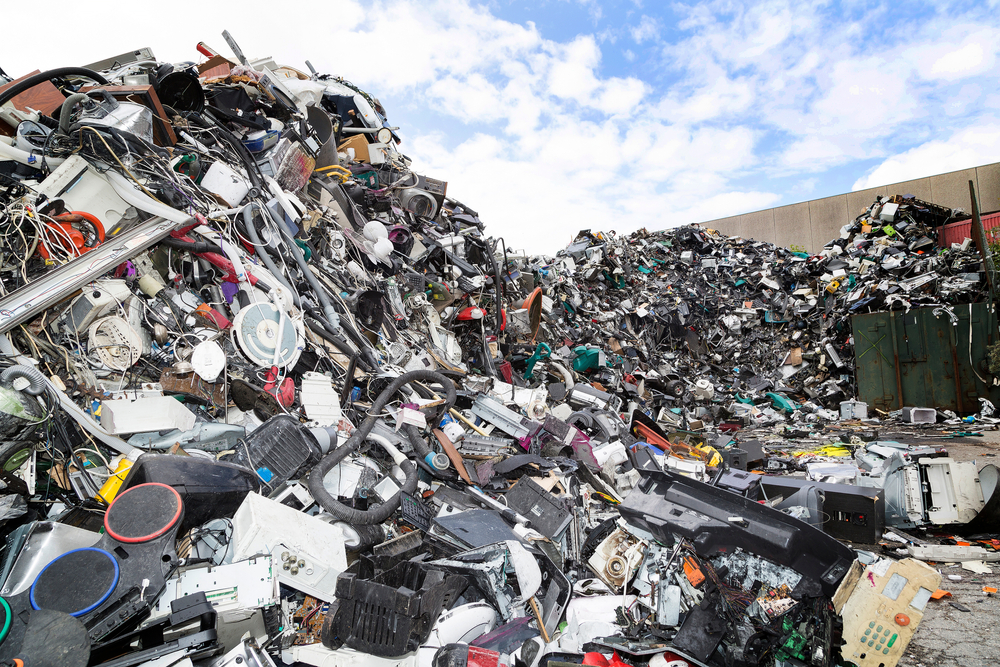
Although Belgium has one of the best recycling rates in all of Europe (nearly 3/4 of all waste is reused, recycled, or composted), Belgium is one of the largest producers of e-waste in the world. General recycling is made easy in Belgium thanks to its comprehensive sorting system, but the country has yet to develop a similar strategy for e-waste.
A system called Recupel is picking up the slack by offering services to refurbish and resell used electronics and other EEE. The problem with Recupel is that there is no incentive, and depending on what you are recycling, you will need to take your EEE to different drop-off points.
12. Japan – 20.4 kg
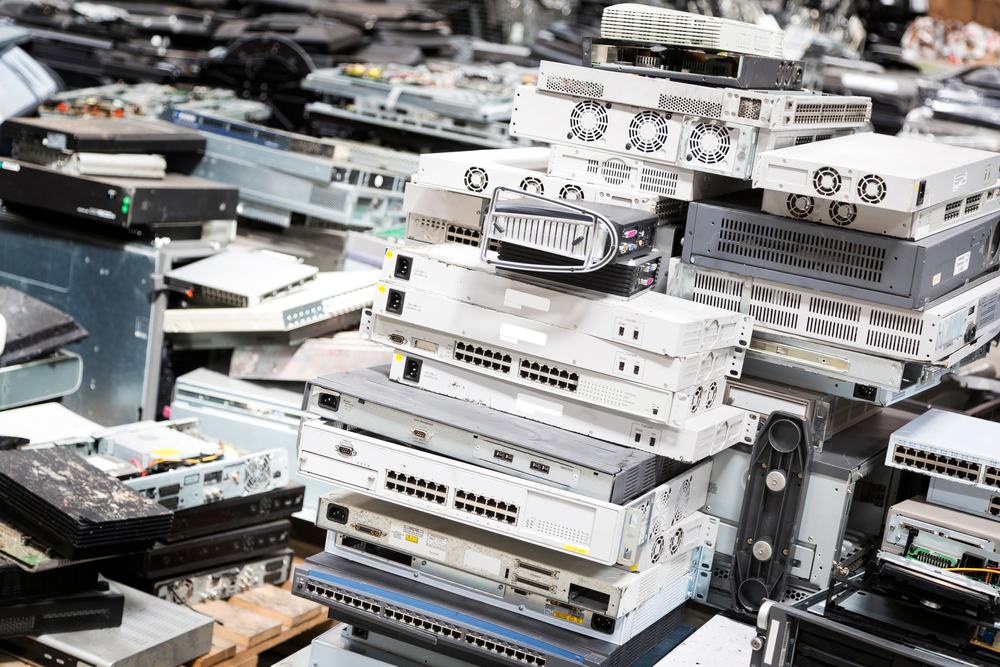
Japan recorded the same amount of e-waste as Belgium in 2019, roughly 20.4 kg per capita. While the country has had policies in place regarding e-waste since 2001, hundreds of thousands of tons of e-waste are still discarded each year.
While there are tons of public sorting bins for regular items, Japan lacks the EEE recycling systems needed to reduce e-waste.
Japan is a highly developed country, and with new inventions coming onto the market each year, it’s inevitable that unused EEE stacks up quickly. The country’s EEE recycling policy could use some tweaking as well.
Consumers are now responsible for paying for their e-waste to be picked up, which is understandably a huge deterrent for many.
13. Canada – 20.2 kg
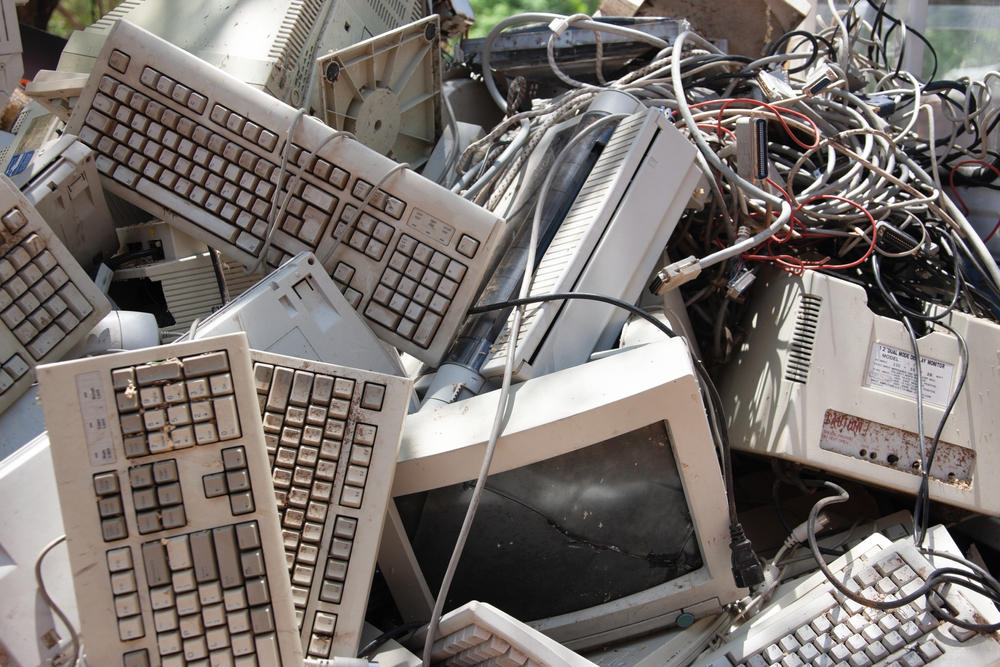
Another one of the world’s top e-waste producers is Canada, with 20.2 kg of e-waste per capita in 2019. Although e-waste has been recognized as a problem for nearly two decades, Canada does not have a widespread way to recycle EEE.
Just like the United States, Canada leaves it up to local governments to regulate trash and recycling. So when you look at the country’s plastic recycling rate, it’s not surprising that so much e-waste is generated.
Only about 9% of all plastic in Canada gets recycled, while the remaining 91% ends up in the landfill or is tossed as litter.
Bad policy around recycling in general and an uptick in consumer purchasing of electronic goods will only increase the amount of e-waste produced each year.
14. Hong Kong – 20.2 kg

Over the last decade, Asia has quickly become one of the top consumers of electronic goods and, therefore, one of the biggest producers of e-waste. In 2019, Hong Kong produced about 20.2 kg of e-waste per capita.
While the general recycling rate in Hong Kong hovers around 29%, the numbers are much grimmer when it comes to e-waste. Not only does the country lack policy around recycling EEE, but they actually import e-waste from other countries to dump on their home turf.
This act is illegal under the Basel Convention.
You may wonder why a country would want to import more waste, especially when the debris is known to be extremely toxic. The answer lies in the value of these discarded items that consumers carelessly toss in the trash.
Parts of mobile phones and computers can be harvested from e-waste, and entire devices can be refurbished and sold for a profit. Hong Kong and China as a whole will need to assess these clandestine operations if they have any hope of reducing their e-waste production.
15. Sweden – 20.1 kg
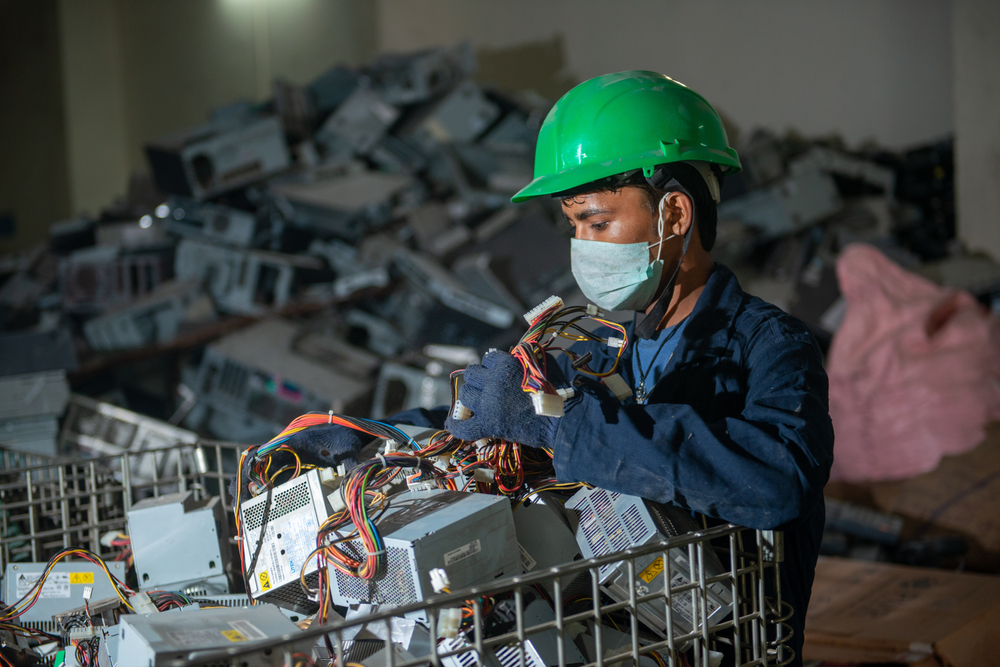
With a recycling rate of 99%, Sweden is one of the top countries in the world when it comes to general recycling. In fact, they are so good at it that they actually import trash from other countries to keep their incinerators in operation.
However, the average Swede generates about 20.1kg of e-waste each year. This is primarily due to large incomes and high consumption rates of electrical goods.
Sweden is aiming towards producing zero waste of any kind in the future. When it comes to e-waste, the country places much of the responsibility on the producers and manufacturers to safely dispose of waste.
But in recent years, the country has also amped up outreach programs to help consumers move from a recycling mindset to one more aimed at reusing and repairing EEE.
16. Singapore – 19.9 kg
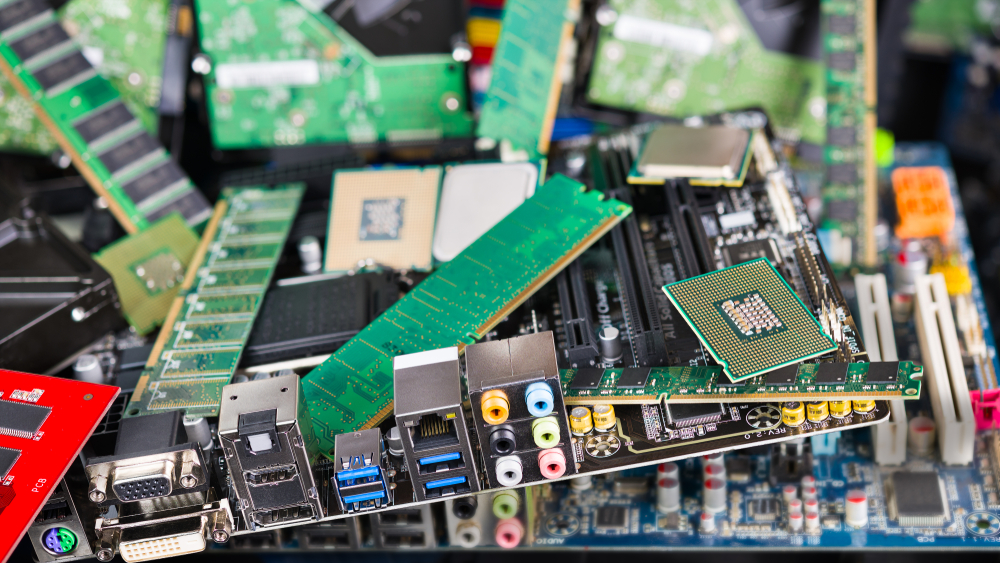
Singapore is one of the most technologically advanced countries in Asia. Mix that with high disposable incomes, and you get one of the biggest producers of e-waste in the world.
While options for recycling exist in Singapore and have been available nationwide since 2011, the ethos around recycling is still lacking.
Since there is no sorting method, many consumers simply put anything they think can be recycled into a single blue bin. It is estimated that up to 40% of recycled goods cannot actually be recycled in Singapore.
When it comes to e-waste, consumers are responsible for recycling EEE themselves by dropping off unwanted electronics at designated recycling centers. While the option is there, Singapore suffers from the same issues as other developed countries – high consumption rates off EEE, which in turn creates massive quantities of e-waste.
17. Brunei Darussalam – 19.7 kg
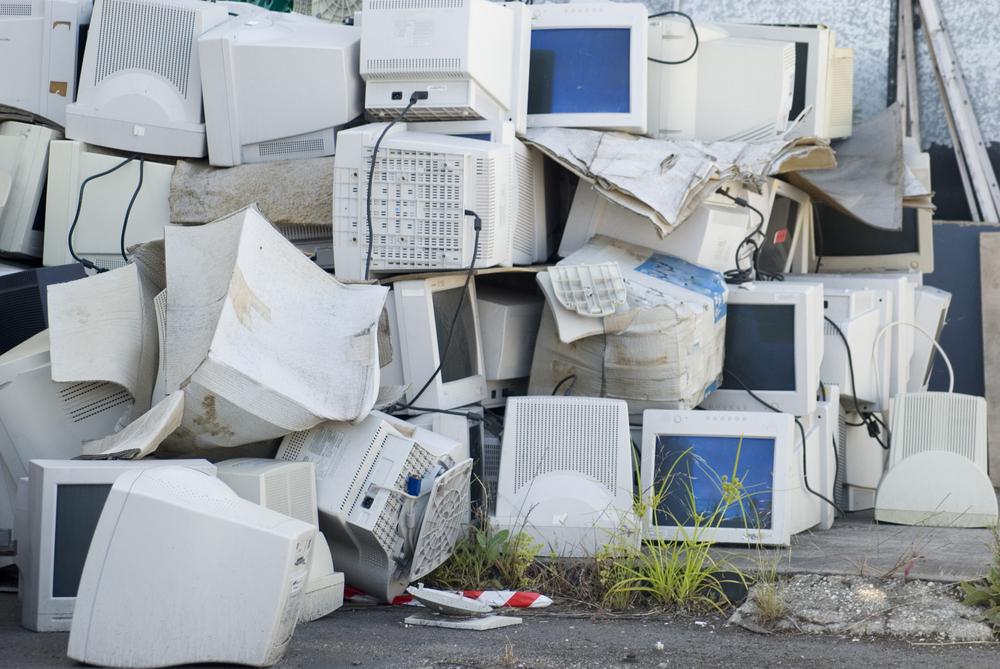
Brunei Darussalam (often referred to simply as Brunei) is a tiny nation located in the South China Sea. This small country is the 17th largest producer of e-waste in the world, with 19.7 kg of e-waste per capita reported in 2019.
Recycling is not easy in Brunei. First, consumers must clean their recyclables and bring them to a designated location. They must also register for an account before they can drop their waste.
There are also fewer items accepted for recycling.
This explains why the country has such low recycling rates, and it gets even more complicated when you try to figure out how to recycle EEE. Due to its small size, the country has no designated e-waste recycling facility.
This means that consumers are responsible for properly disposing of any EEE, which entails finding a private company to collect e-waste. These companies then ship the e-waste abroad for proper disposal.
18. Germany – 19.4 kg
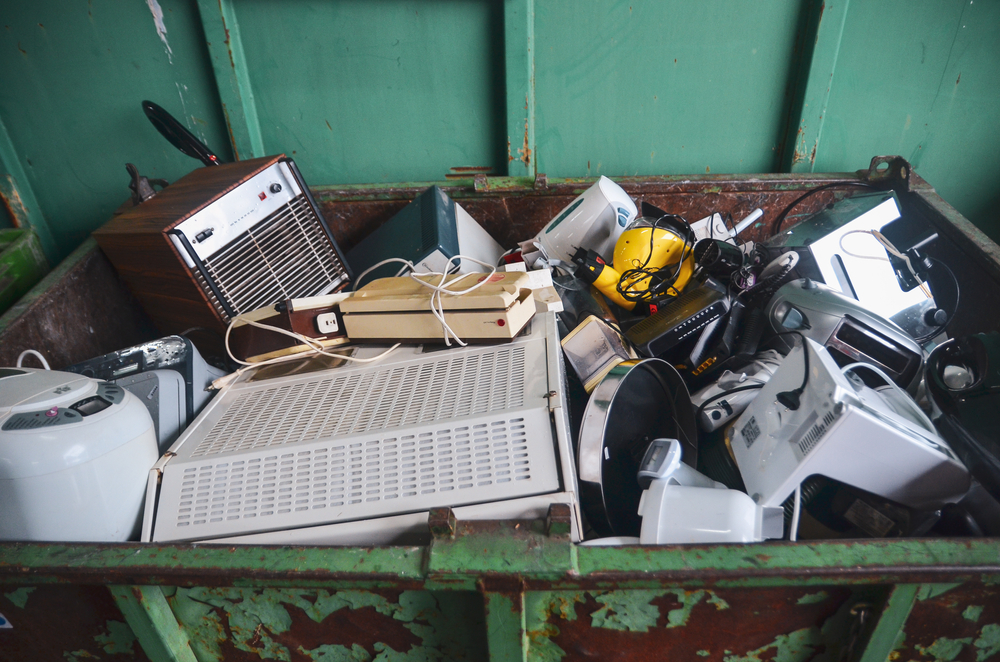
Germany is the 18th largest producer of e-waste in the world. Like so many other European countries, Germany has a great general recycling system, with different colored bins for sorting things like paper, plastic, glass, and more.
However, when it comes to EEE, there is no convenient bin to toss unwanted items. Instead, consumers are responsible for taking care of their e-waste.
While it is less convenient than throwing it in the correct color bin, consumers can arrange for manufacturers to come and collect e-waste.
Although Germany is one of the top producers of e-waste, its numbers have remained relatively stagnant over the last decade. This is actually quite impressive when you consider how much our lust for electronics has grown over that period.
With more EEE in circulation, Germany has kept up with responsible recycling practices.
19. Aruba – 19.3 kg
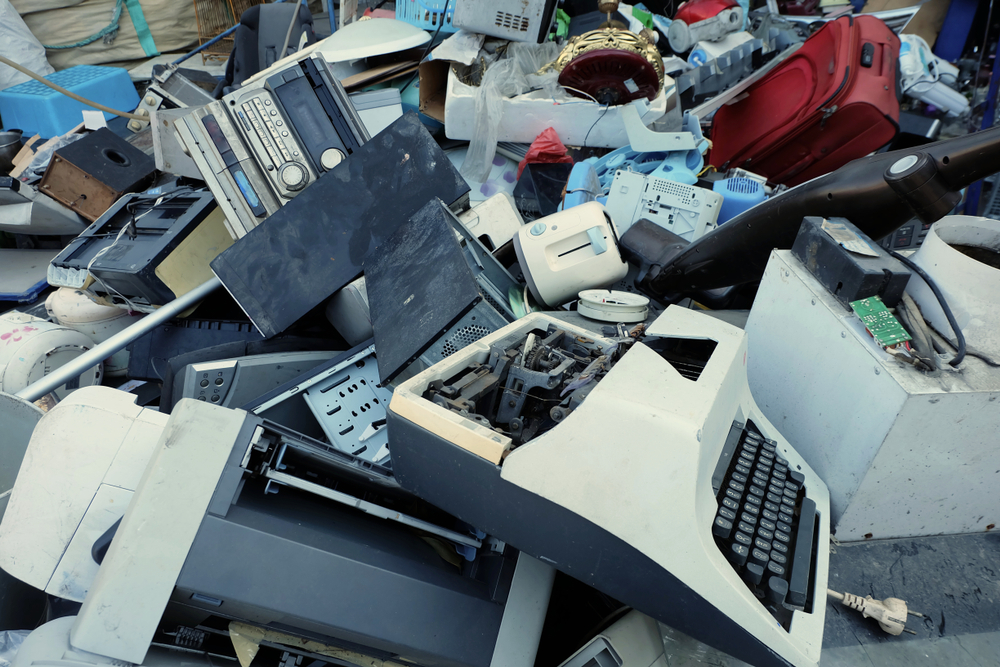
The island of Aruba is a tourist hot spot located off the shores of Venezuela. While this small island nation does offer recycling, it is not very widespread, and it is not mandatory for consumers to sort their trash.
This combined with a heavy flow of tourists means that Aruba falls prey to lots of litter and waste without a convenient way of getting rid of it.
Without a national recycling policy, there is no widespread plan for e-waste on the island. This is the biggest cause of e-waste on Aruba, along with a lack of ethos around recycling in general.
20. New Zealand – 19.2 kg
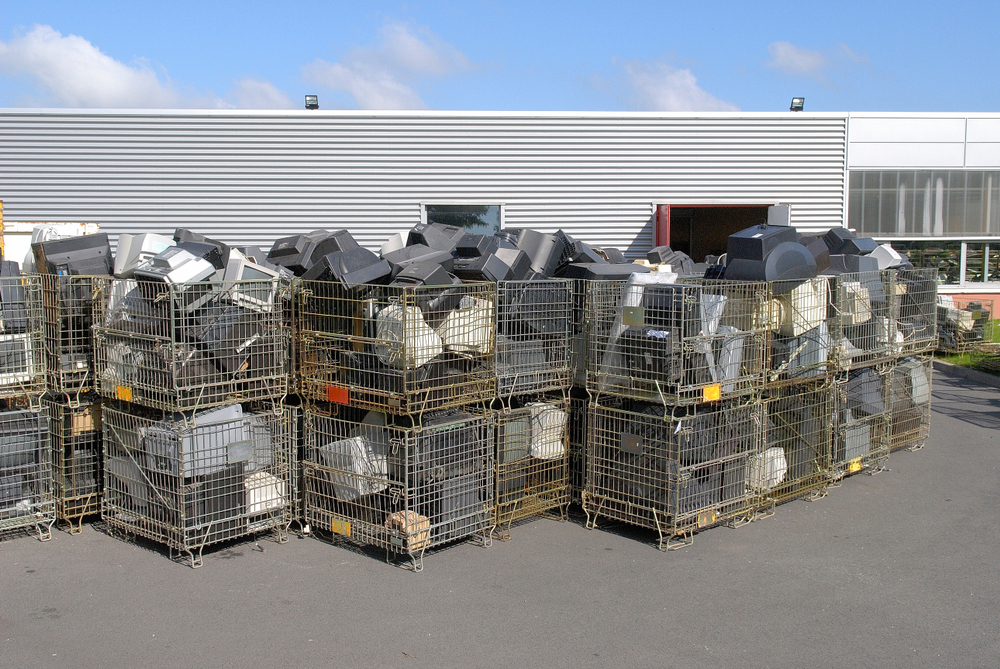
New Zealand is the 20th biggest producer of e-waste in the world, with 19.2 kg of e-waste per capita in 2019. While most New Zealanders have access to general recycling facilities, only about half of consumers utilize these facilities.
When it comes to e-waste, the statistics are even worse. Of all the e-waste generated, only about 2% is properly recycled, while the rest ends up in landfills.
This is likely due to the fact that there is no mandatory recycling policy for EEE. Not surprisingly, e-waste is the fastest-growing cause of toxic waste in New Zealand. While the country has put on events to spread awareness and some non-profit organizations offer to recycle for EEE, New Zealand will need to develop more widespread action plans around e-waste if they hope to combat this growing problem.
21. Spain – 19.0 kg
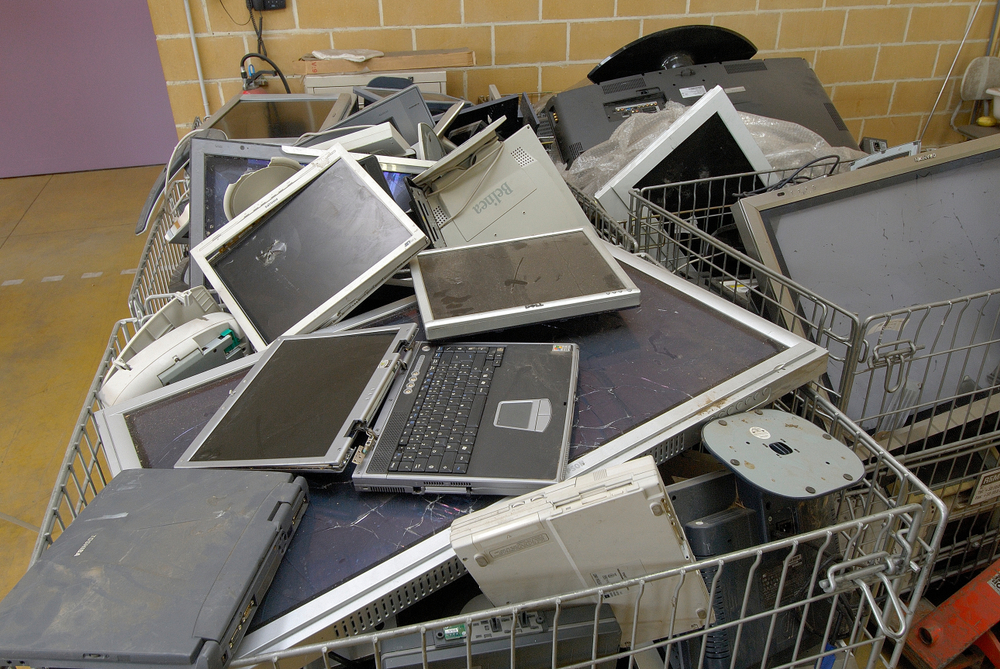
Spain is another top producer of e-waste, with 19 kg of e-waste per capita recorded in 2019. Spain lags behind the European average when it comes to general recycling, with over 56% of all waste being dumped in landfills.
This statistic carries over to e-waste, and even though the country has laws in place around recycling EEE, it is estimated that a 4-meter-high wall between Madrid and Barcelona (504 kilometers) could be built with all the e-waste produced each year.
22. Luxembourg – 18.9 kg
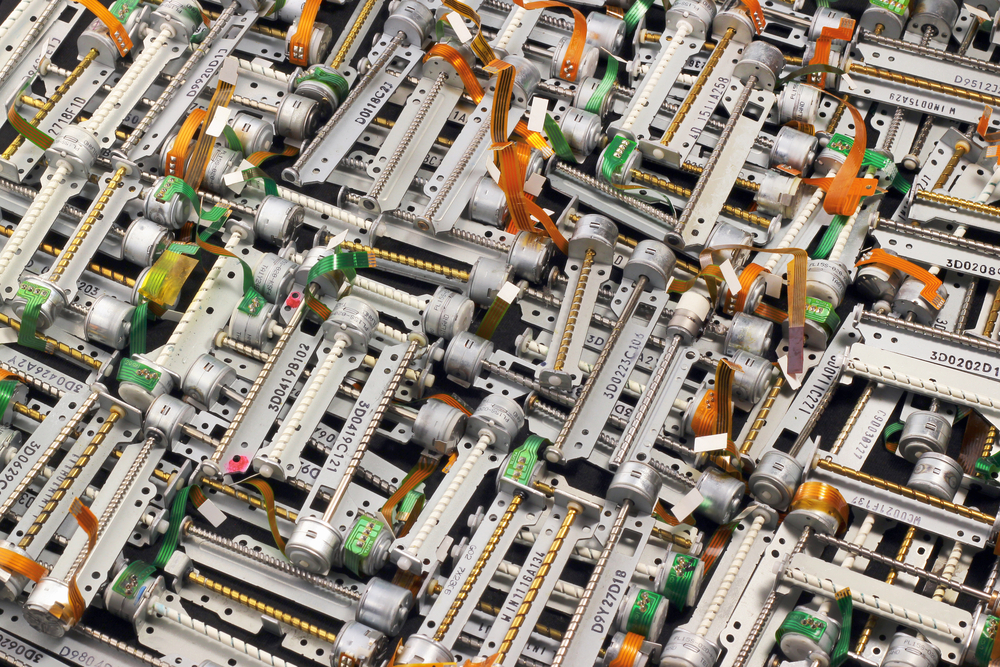
Although Luxembourg offers residents a comprehensive recycling system, this micro-country lags behind the rest of Europe when it comes to utilizing the options available to them.
The same is true of e-waste in Luxembourg. This tiny country is one of the smallest and least populated in Europe, yet there are plenty of ways to recycle EEE.
There are dozens of ways to get rid of electronic devices responsibly, including 20 container sites, seven mobile units, and two recycling centers. There is even a collection service offered in certain communes.
While Luxembourg may have the facilities to properly get rid of e-waste, the consumers lack the knowledge of how to best utilize them.
23. Austria – 18.8 kg
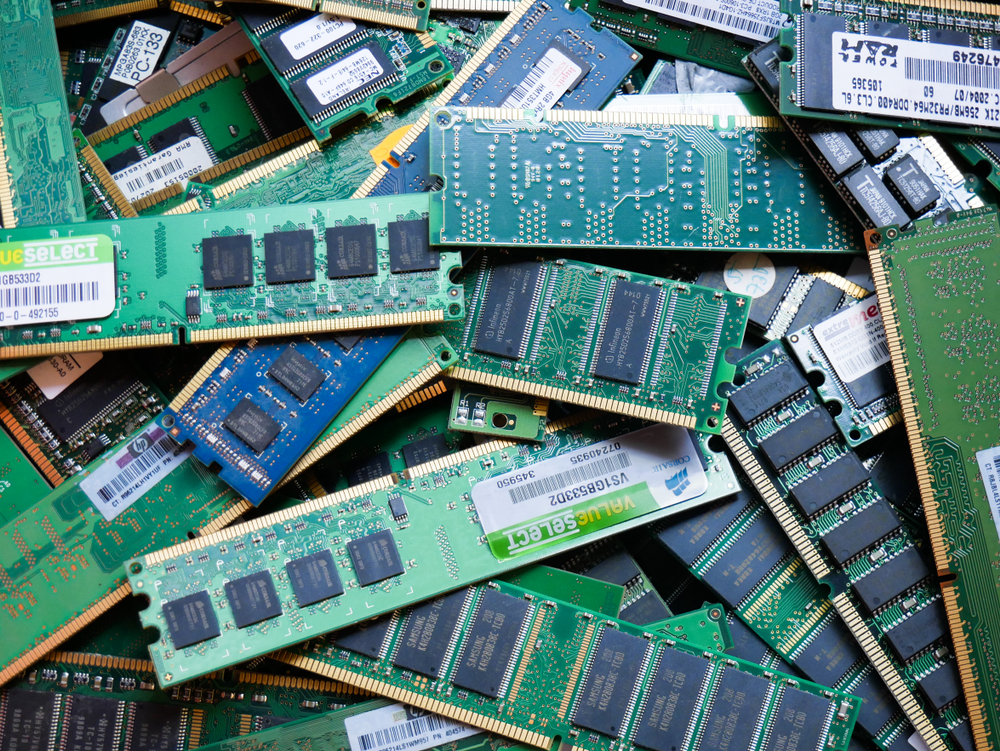
Austria receives top marks when it comes to recycling. There are multiple bins to sort your trash, including organic waste, paper, plastic, glass, and hazardous materials like batteries.
However, there is no bin for EEE, which could be part of the reason that Austria is one of the largest producers of e-waste in the world.
To recycle EEE in Austria, consumers must take their unwanted goods to a collection point. The good news is there are over 2,000 of these around the country.
Austria has also put plans in place to begin subsiding repairs on electronics in hopes of creating less waste in the first place. Starting this year (2022), each household will receive a 50% subsidy for the cost of an electric device’s repair (up to 100 Euros).
24. Ireland – 18.7 kg
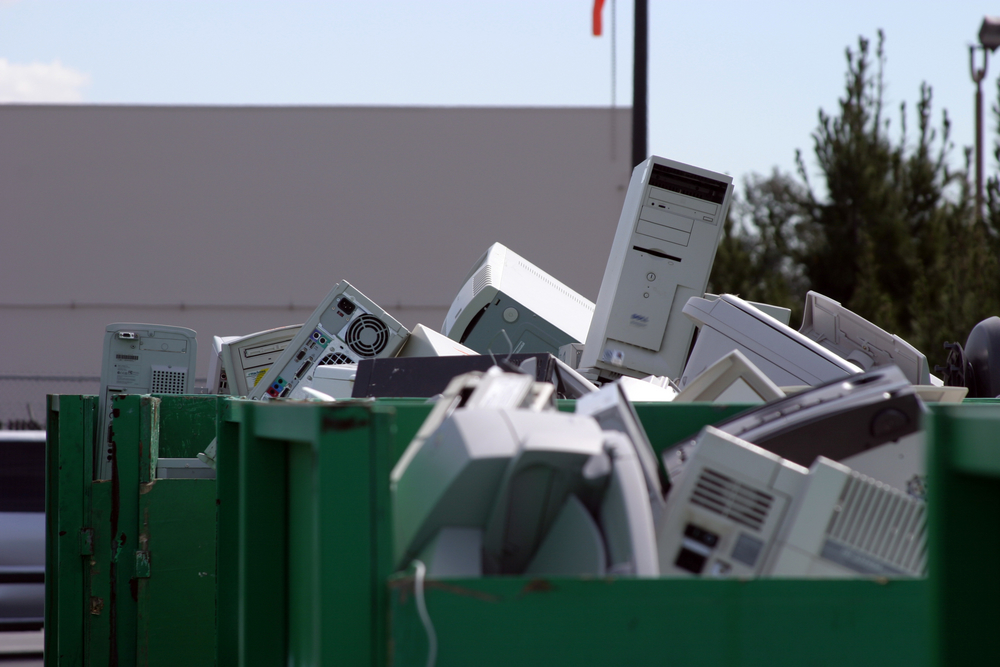
Ireland has a reasonably comprehensive recycling system. Facilities have options for sorting different types of glass, paper, plastic, and more.
Ireland even surpassed all targets put in place by the EU for recycling in 2019.
That being said, the country is still one of the top producers of e-waste, with a total of 18.7 kg per capita in 2019. Consumers are responsible for dropping off EEE at local recycling centers, and while the options are there, it is not as convenient as sorting waste on-site.
This, combined with high consumption levels, is likely what leads to a significant amount of e-waste in Ireland.
25. Macao – 18.1 kg
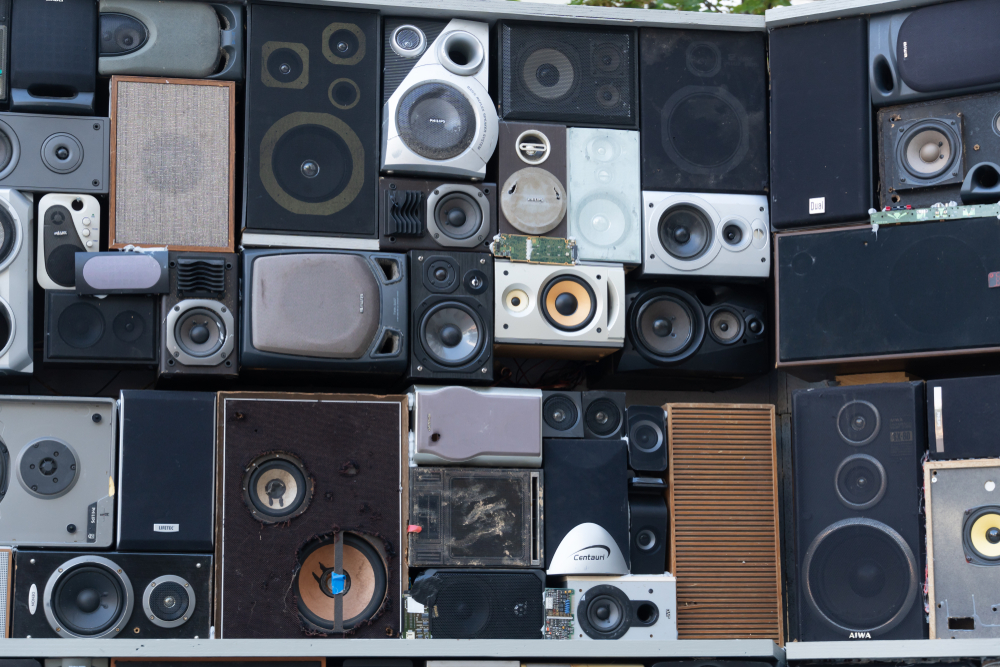
Macao is a small cluster of islands off of China’s southern coast. It is a special administrative region and, therefore, not considered part of mainland China.
Macao has had a fairly comprehensive recycling system in place since 1999, but growing enthusiasm has led to better habits in recent years.
Even so, this tiny nation is still one of the biggest producers of e-waste in the world, with 18.1 kg of e-waste per capita in 2019. The cluster of islands has several public collection points throughout all districts around Macao, but the country will need to spread awareness and upgrade its systems if they hope to produce less e-waste in the future.
26. Saudi Arabia – 17.6 kg
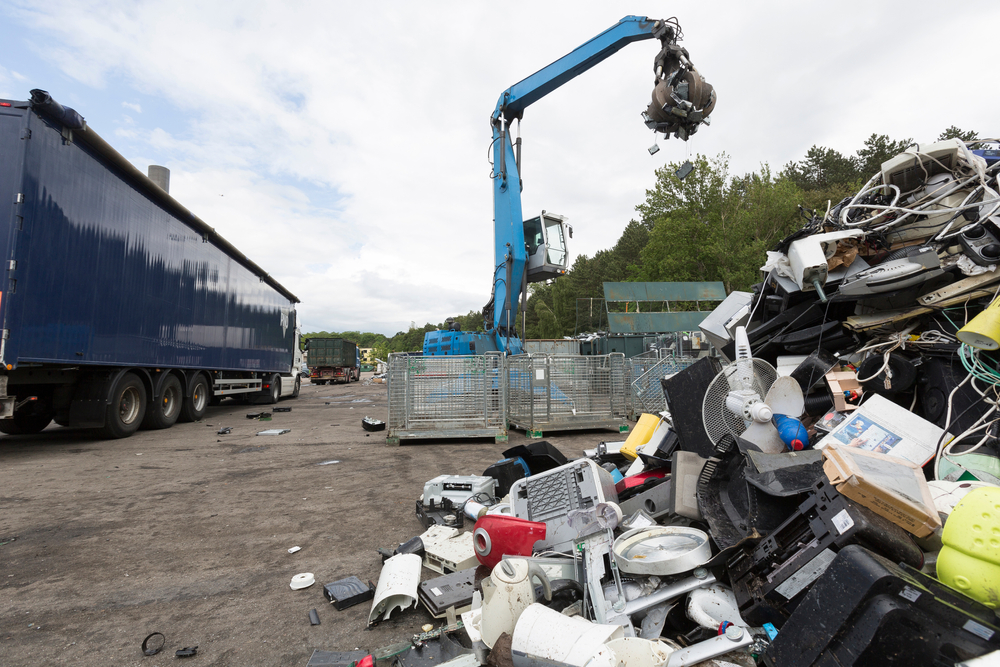
Of all the Arab states, Saudi Arabia is the biggest producer of e-waste. The general recycling system in Saudi Arabia is abysmal, with about 95% of all waste ending up in landfills.
The Saudi Arabia Recycling and Waste Management (or SIRC) aims to reduce this rate and increase recycling around the country by building new facilities to manage waste.
This includes managing e-waste. While there are a few e-waste facilities around the country, there is no widespread way to dispose of EEE responsibly.
27. Italy – 17.5 kg

Over the last decade, Italy has come a long way in recycling. The country now hovers around a 50% recycling rate, up from around 30% in 2010.
This is likely due to fines for not complying with recycling laws and strict rules that vary by community but are easy to follow.
Even with this improvement, the amount of e-waste produced each year has been growing. While consumers can arrange for the collection of EEE or attend events that collect unwanted electronics, the consumption rate of electronics has grown at such a high rate that the recycling practices have yet to catch up.
28. Bahamas – 17.2 kg
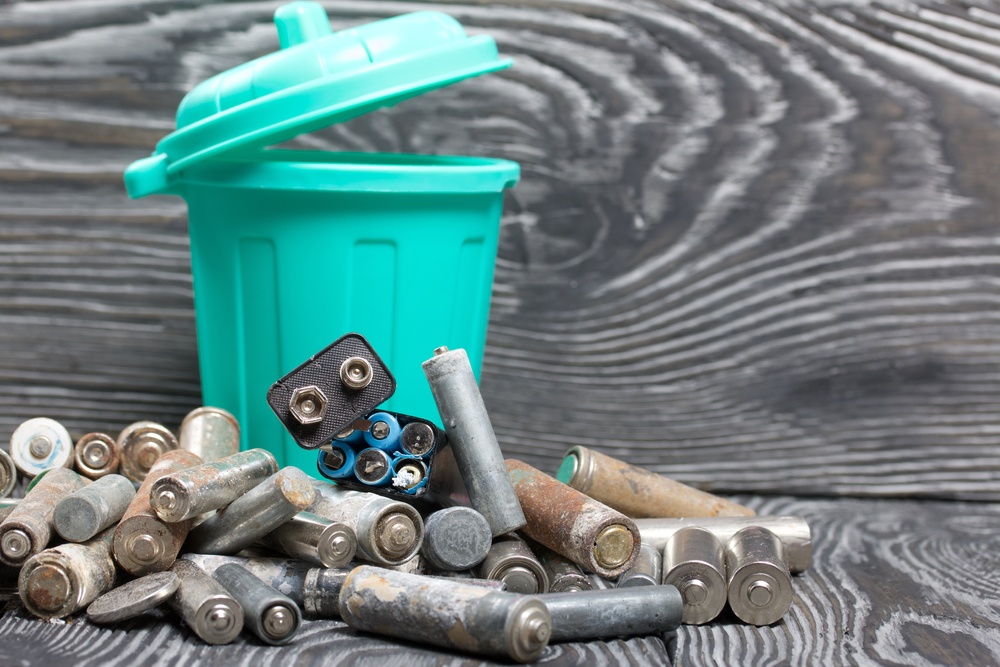
Unfortunately, the Bahamas has no widespread recycling initiative. This is likely the reason that the island nation is one of the largest producers of e-waste in the world.
Lack of support and few options for responsible disposal make it hard for consumers to do the right thing. Even with new initiatives targeting e-waste, the Bahamas will need to home in on changing the ethos around recycling in general if they hope to reduce their e-waste production.
29. Greece – 16.9 kg

Greece is a late bloomer when it comes to European recycling, and over 80% of all waste ends up in landfills here. However, e-waste has been on the country’s radar for a while now, and initiatives are in place to help reduce this environmental threat.
Unfortunately, while support for new systems around recycling EEE is growing, it will come at a considerable cost to the government to implement new practices and build new facilities.
30. Cyprus – 16.8 kg

While Cyprus claims to be an ecological safe haven free of hazardous industrial plants, its lack of recycling facilities makes them one of the top producers of e-waste in the world. Technically, Cyprus is part of the EU, which means that they must comply with laws and initiatives around recycling.
These policies are in place, but the actual act of sorting and collecting recycled EEE is not cost-effective or efficient in any part of the chain. If Cyprus hopes to keep its green reputation, it will need to develop a better way to recycle and create incentives around this necessary practice.

















